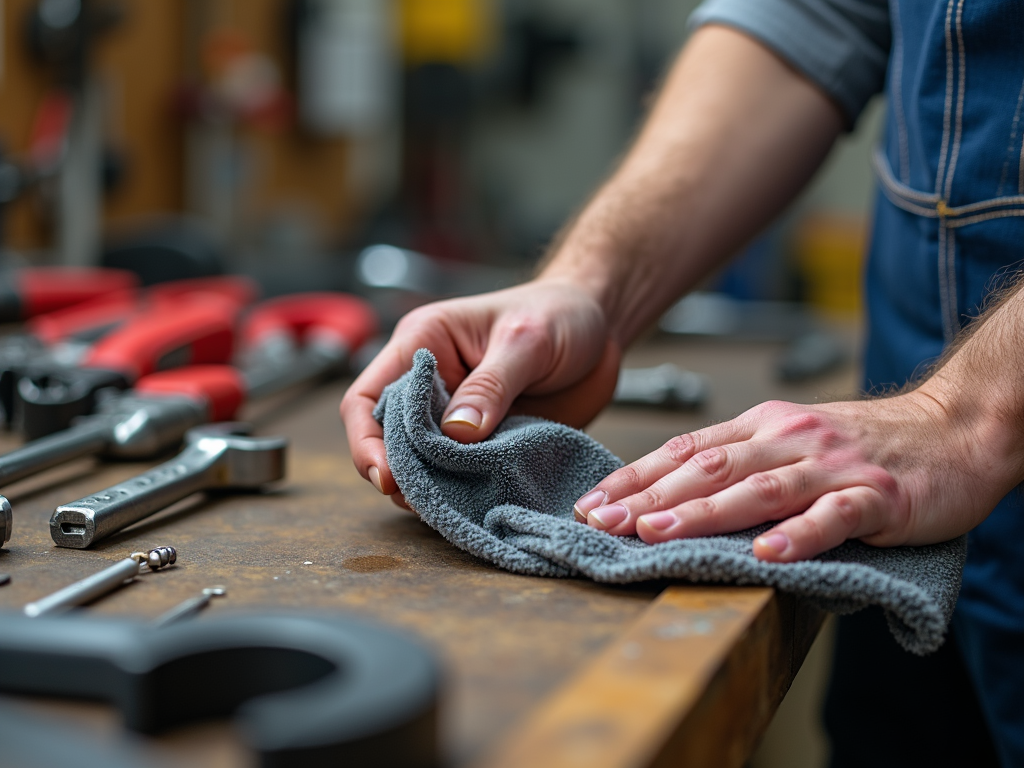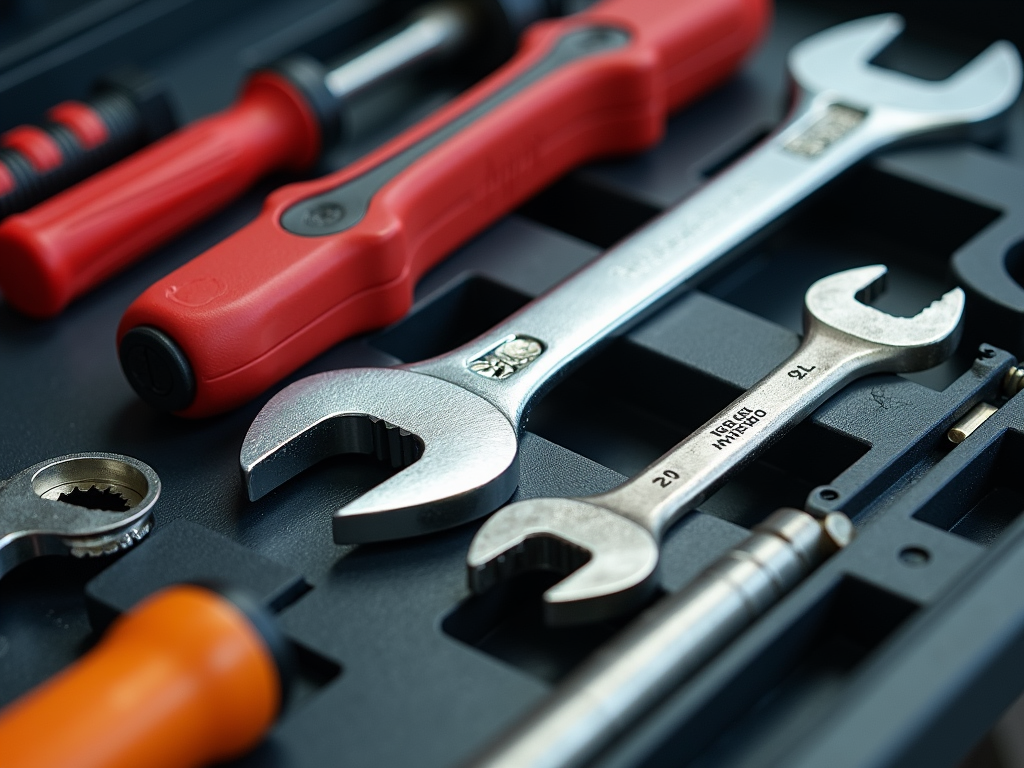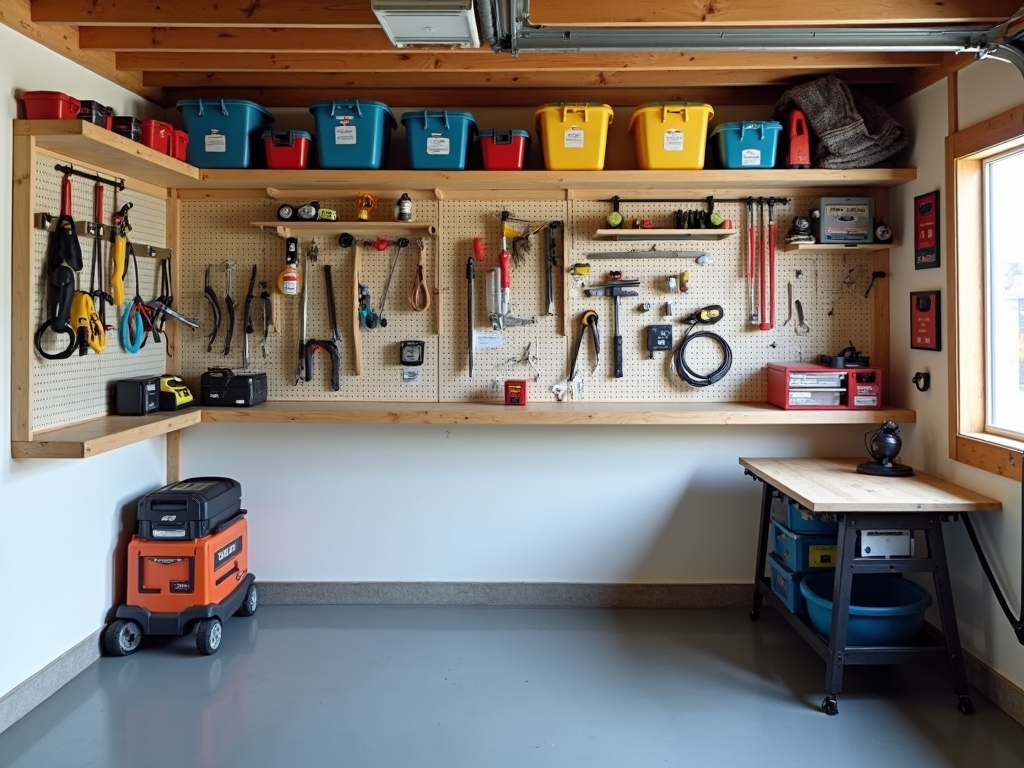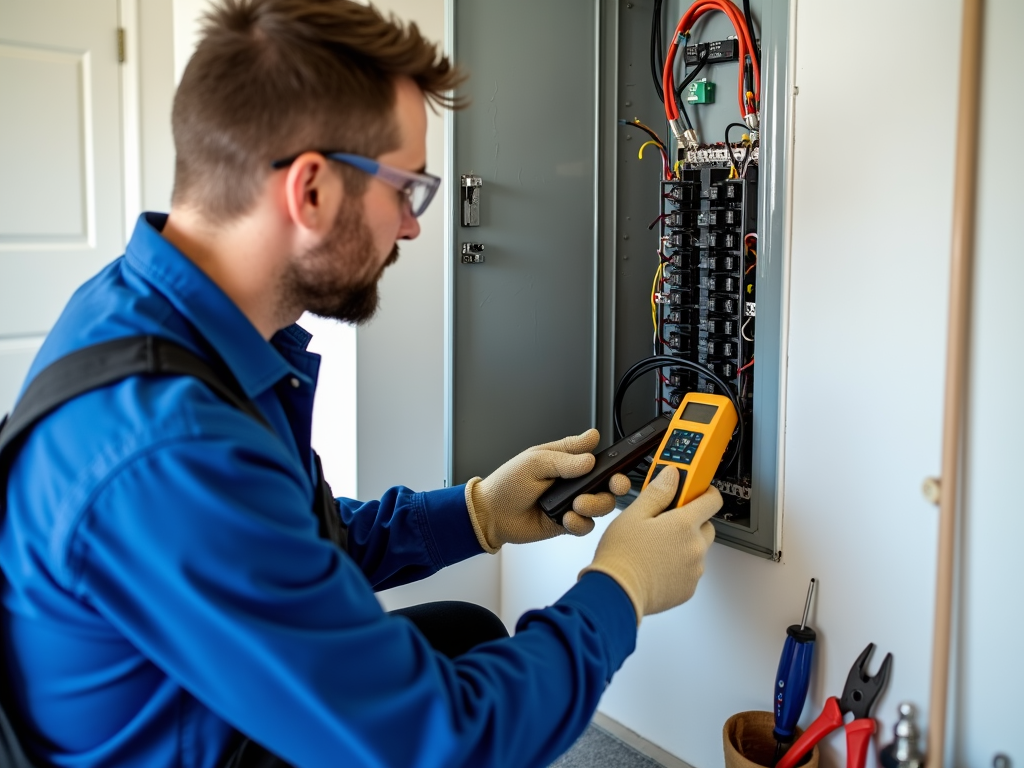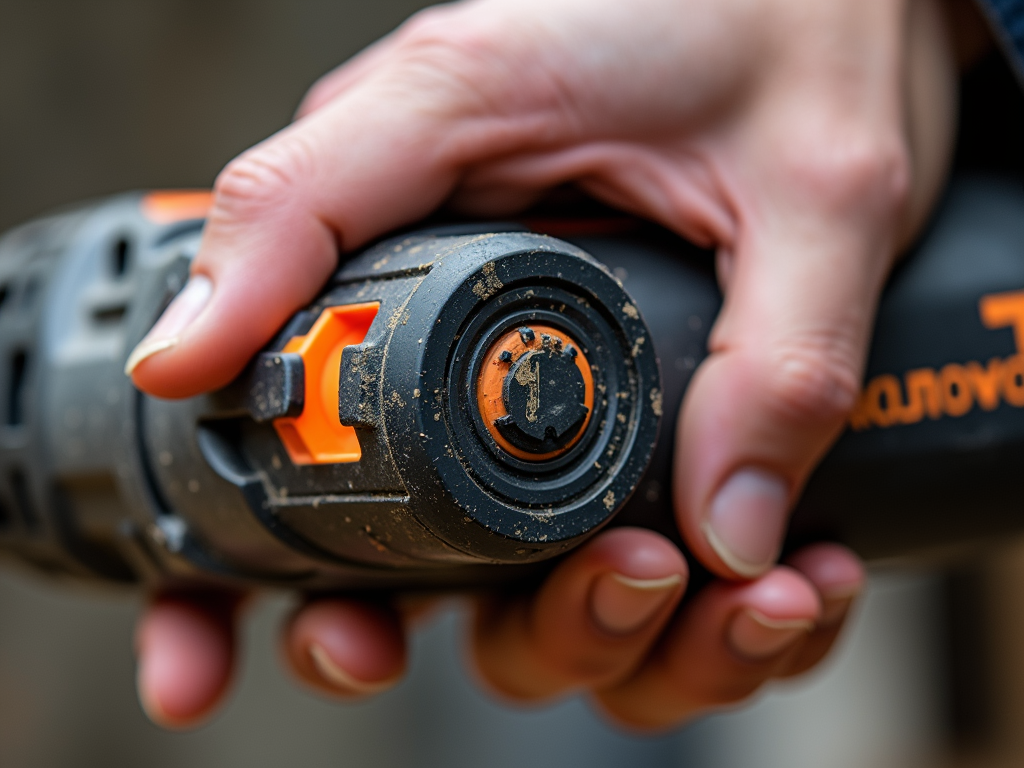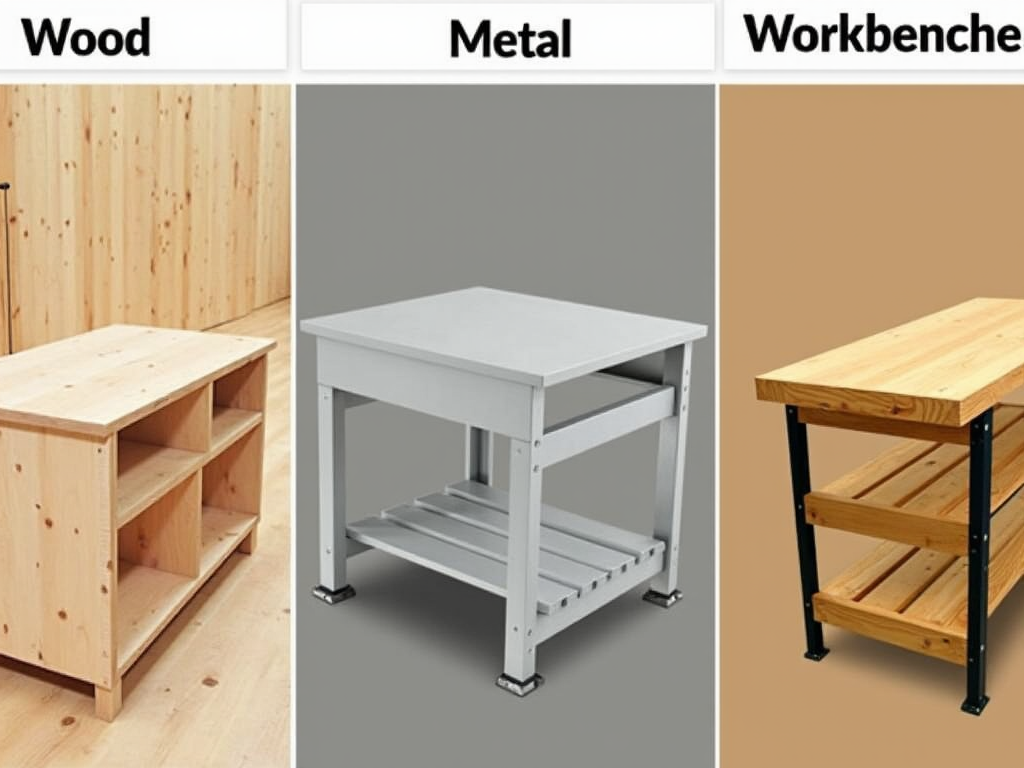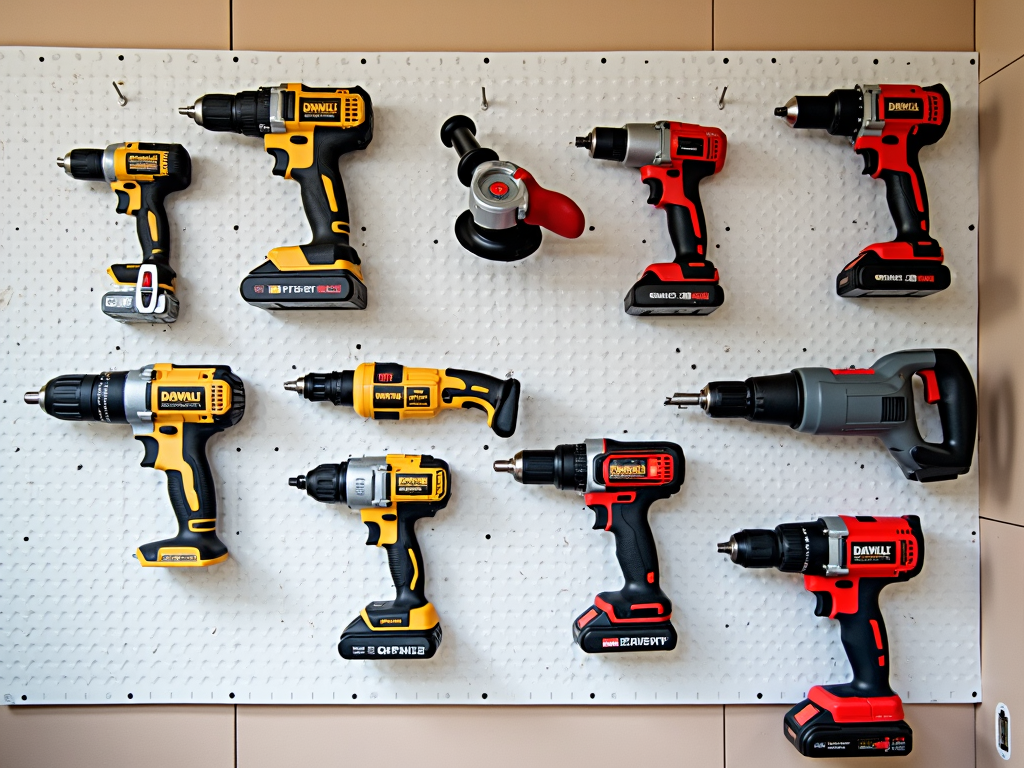Overview/Summary
Industrial sensors are key players in automation, helping industries run smoothly and safely. These advanced electrical tools for automation monitor everything from temperature to motion. In this article, we’ll uncover what they are, how they work, and why they matter.
What Are Industrial Sensors?
Industrial sensors are devices that detect and measure things like temperature, pressure, or movement. They turn these physical changes into electrical signals for machines or people to understand. Think of them as the eyes and ears of factories. For example, in a bottling plant, a sensor checks liquid levels and tells the machine when to stop filling. This keeps things consistent and cuts waste. Unlike everyday sensors in phones, industrial ones are tough, precise, and built for harsh conditions.
Why They Matter
These electrical tools are must-haves for automation. They let machines make smart choices based on live data. Without them, industries would rely on guesswork, slowing down work and raising risks. In the hands of skilled technicians, industrial sensors become powerful workman tools that drive progress.
Types of Industrial Sensors
There’s a sensor for almost every job. Here’s a quick rundown:
- Temperature Sensors: Track heat with tools like thermocouples or RTDs.
- Pressure Sensors: Measure gas or liquid force, vital for pipelines.
- Proximity Sensors: Spot objects nearby without touching them, great for assembly lines.
- Level Sensors: Check how full tanks are, perfect for managing stock.
- Flow Sensors: Gauge liquid or gas flow, key in chemical plants.
- Motion Sensors: Catch movement or shakes, used in safety checks.
Each type fits a specific need, making them versatile workhorses.

How Do They Work?
Sensors turn physical stuff into signals machines can read. Take a temperature sensor like a thermocouple. It’s two different metals joined together. When heated, they make a tiny voltage that shows the temperature. The system then turns that into numbers you can use.
A Real Example
Pressure sensors work differently. They have a thin part that bends under force, changing an electrical signal. Whether it’s heat or pressure, sensors bridge the gap between the real world and digital control, keeping everything on track.
Applications in Industry
Sensors are everywhere in industry. In manufacturing, they watch production lines to catch mistakes fast. Oil and gas rigs use them to keep pipes safe. Drug makers rely on them for perfect conditions. Even food plants use sensors to fill packages just right. They cut errors and boost output wherever they’re used.
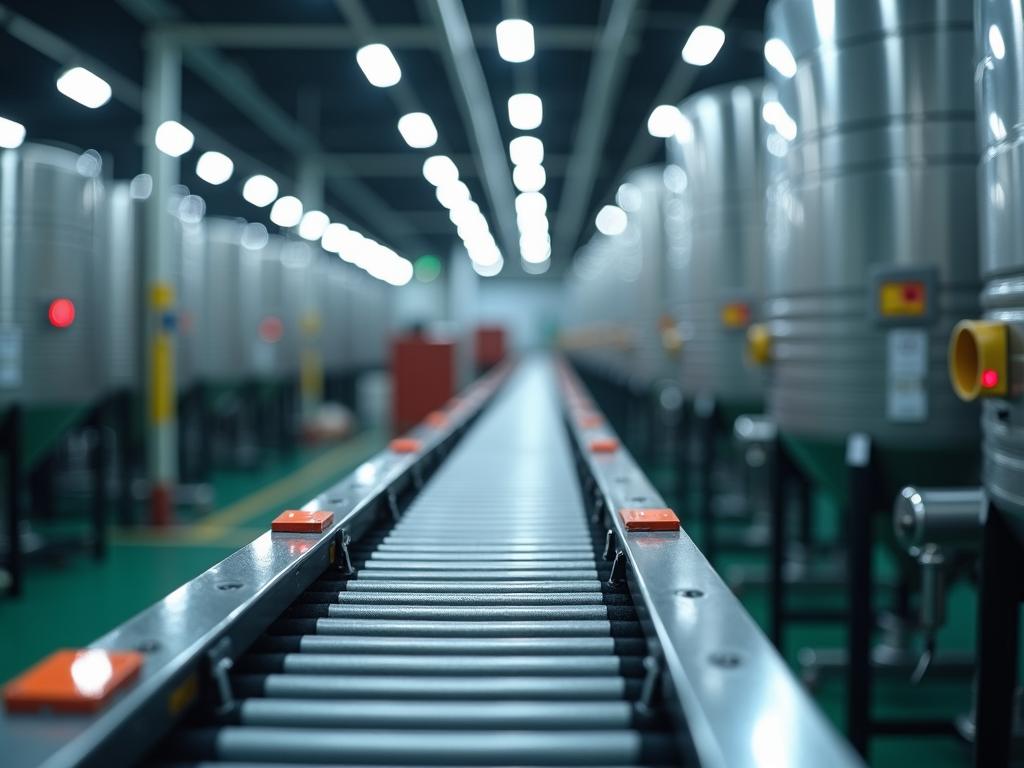
Benefits of Using Industrial Sensors
Why use sensors? Here’s the payoff:
1. Speed: They automate tasks, saving time.
2. Safety: They spot dangers like leaks or heat spikes.
3. Quality: They keep products spot-on every time.
4. Savings: They predict breakdowns, cutting repair costs.
5. Data: They gather info to make smarter choices.
In a chemical plant I once worked on, sensors caught a pressure jump and saved us from a messy shutdown.
A Personal Story
I remember setting up proximity sensors on a conveyor belt. Jams used to stop us for hours. After adding sensors, the belt stopped itself when trouble hit, and we were back up in minutes. Downtime dropped by a third. That’s the kind of difference these tools make.
Choosing the Right Sensor
Picking a sensor isn’t random. Match it to your needs:
- Range: Can it handle your highs and lows?
- Accuracy: How exact does it need to be?
- Conditions: Will it survive heat or dust?
- Output: Does it fit your system—analog or digital?
- Cost: Is it worth the price?
I’ve seen projects fail by skimping here, so talk to experts if you’re unsure.
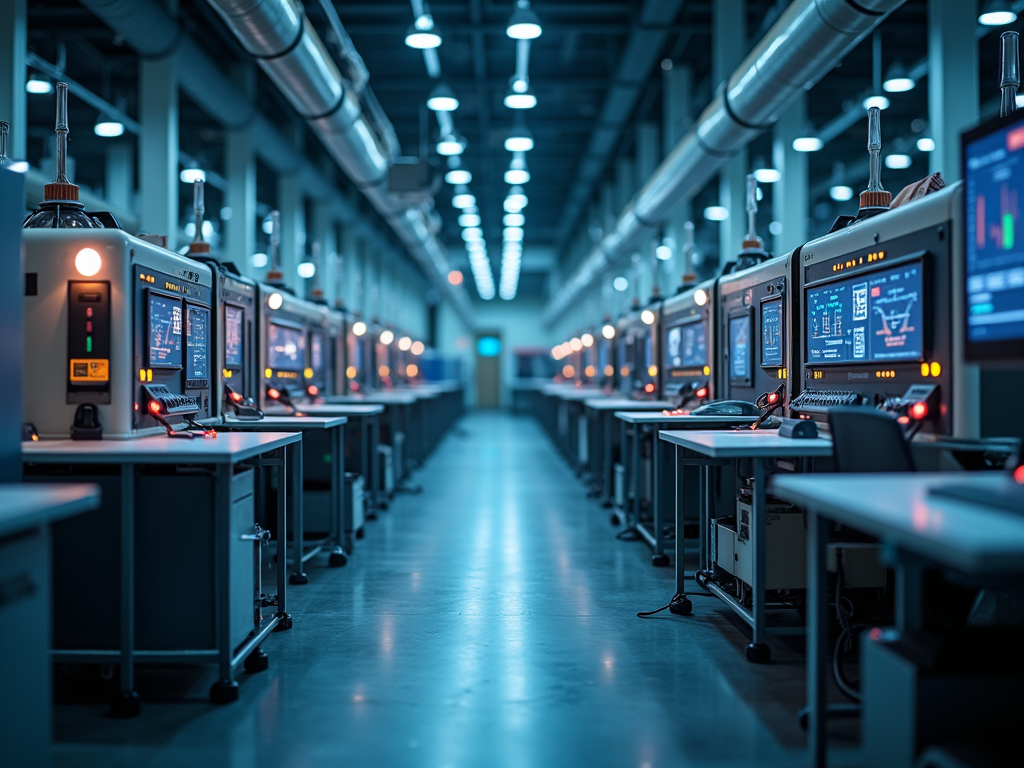
Future Trends in Industrial Sensors
Sensors are getting smarter. IoT links them to the web for remote tracking. Wireless ones skip messy cables. Tiny sensors fit anywhere. Some even power themselves from heat or motion. Plus, AI can study their data to guess when machines might fail. These upgrades are game-changers.
What’s Next?
Imagine a factory where every machine talks to each other through sensors. That’s where we’re headed. As advanced electrical tools for automation, sensors will keep pushing industries forward, making them sharper and greener.
Summary
Industrial sensors power today’s factories, delivering data for safety, speed, and quality. From basic heat checks to smart IoT systems, they’re essential. Understanding industrial sensors helps technicians and managers alike harness their full potential.
Related Understanding Industrial Sensors:
- Revolutionizing Industry: Advanced Electrical Tools for Automation
- Essential Maintenance Tips for Workman Tools: Keep Your Gear in Top Shape
- Advanced Tool Maintenance Techniques: How to Keep Your Tools in Top Shape
- Mastering Construction Tools: A Comprehensive Guide to Understanding Their Uses
- Tool Organization 101: Easy Steps for Any Space
- Top Tools for Reducing Workplace Fatigue: Boost Your Productivity and Well-Being
- Safety Tips for Working with Electricity
- Oscillating Tools: The Essential Guide for Tight Spaces
- The Cordless Revolution: How Battery-Powered Tools Are Changing the Game
- Workshop Equipment Essentials: A Comprehensive Guide
- The Evolution of Workman Tools: From Stone to Steel
- The Best Way to Store Power Tools: A Comprehensive Guide

